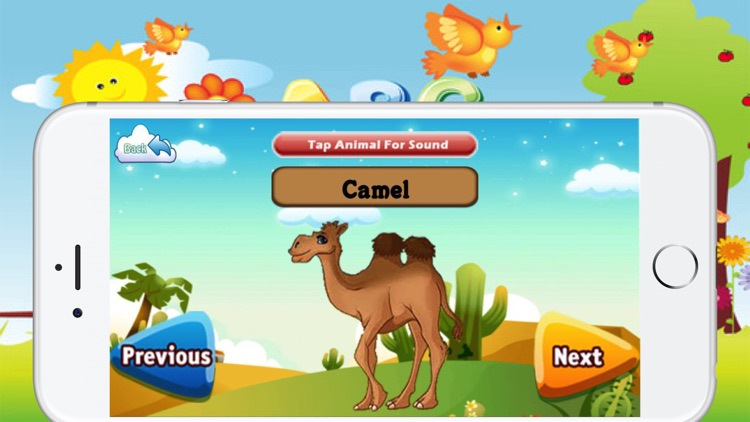

Some combinations are arranged horizontally, others vertically, and there are many other patterns to learn, too!

What's interesting about Korean is that there are different syllable block patterns depending on the shape of what's being combined. It's like writing multiple letters at once! So what looks like a single Korean character can actually be multiple letters forming a syllable block: each part of the character stands for a different sound (e.g., m and a), and together they form a syllable. Korean's writing system, Hangeul, visually represents blocks of syllables, or combinations of sounds (like ma or mo).

Once you know your way around these new letters, you can practice them in the reading tab and by doing your regular lessons! Korean Russian and Ukrainian use the Cyrillic alphabet, which is based on the Greek alphabet, so we can use the same approach to teach reading in all three languages.įor Russian, Ukrainian, and Greek, our new reading feature teaches you the individual letters and the sounds they represent. Even some of the letters will look like ones you know from English! (And there will be some deceptively similar, but actually quite different, letters, too.) Also, just like in English, these languages write words by combining letters, so once you know the letters you can start sounding out new words. Russian, Ukrainian, and Greek all use an alphabet like in English, with each letter representing a sound or combination of sounds. In this post, we'll show you what these new tools look like for each language. Did you know that Duolingo teaches 10 languages with writing systems other than the one you'll recognize from English? For some of these languages, the characters you'll need to learn are actually a lot like the ones used in English, but for other languages, you'll need to learn brand-new ways of thinking about sounds and words to read and write.ĭuolingo has developed a series of tools to help you learn to read in languages that use other writing systems! We first introduced these new charts and lessons in our Japanese course, and now it's available in even more languages.


 0 kommentar(er)
0 kommentar(er)
